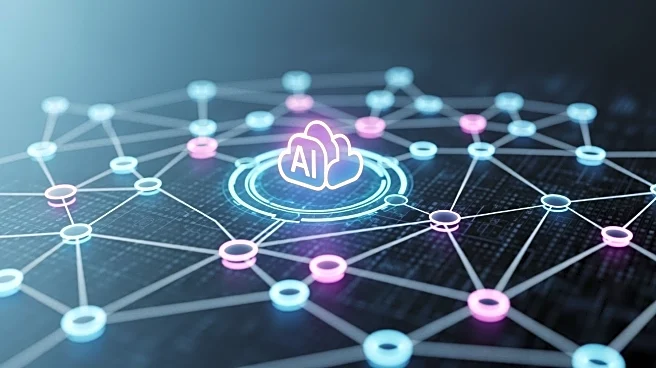What's Happening?
The telecommunications industry is experiencing a significant acceleration in cloud adoption among communications service providers (CSPs), with a projected 12% growth in 2025, doubling the rate seen in 2024. This growth is driven by the increasing maturity
of cloud-native tooling, automation frameworks, and the integration of AI and GenAI into network operations. According to Omdia's Telco Network Cloud Market Tracker, global spending on telco network cloud infrastructure and software is expected to grow from $17.4 billion in 2025 to $24.8 billion by 2030, representing a compound annual growth rate (CAGR) of 7.3%. Key trends include the critical role of AI/ML support in cloud infrastructure decisions, the rise of Kubernetes-based platforms, and increased public cloud usage for network workloads.
Why It's Important?
The projected growth in AI and cloud-native infrastructure spending highlights the telecommunications industry's shift towards more automated and efficient network operations. This transformation is crucial for CSPs aiming to enhance service delivery and operational efficiency. The integration of AI and cloud-native technologies is expected to drive innovation, reduce costs, and improve scalability, benefiting both operators and consumers. As public cloud adoption increases, telcos can leverage hyperscaler solutions to optimize network workloads, potentially leading to more competitive service offerings and improved customer experiences.
What's Next?
Telecommunications operators and technology vendors are likely to continue investing in cloud-native and AI-driven solutions to meet the growing demand for efficient and scalable network operations. The adoption of CI/CD pipelines and GitOps practices will be essential for automating the lifecycle of network workloads. As public cloud usage rises, CSPs may explore partnerships with hyperscalers to develop telco-specific solutions, further enhancing their service capabilities. The industry will need to address challenges related to integration and interoperability to fully realize the benefits of these technologies.













